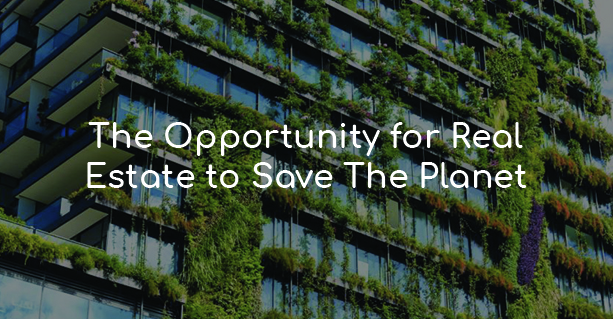The truth is carbon emissions contribute to the climate crisis we are facing in our daily lives. This includes extreme weather changes like wildfires, severe droughts and heat waves. On top of that, the changing of weather affects the agricultural industry and our food supply. A study done by the Global Alliance for Building and Construction (GABC) shows that almost 50% of global carbon dioxide emissions come from the real estate sector. More so, UNEP published that “approximately 70% are produced by building operations, while the remaining 30% comes from construction”. Also, Almudena Blanco Madrazo from FINNOVA (EU) presented that construction has been one of the main problems of climate change due to the responsibility of producing more than 40% of energy consumption, 35% of greenhouse emissions, and 35% of total waste. Hence, there is no doubt that, if we want to save our planet, we need to begin changing our means of construction, living and using energy.
Respectively, the United Nations reports that unless we decrease our carbon emissions by 7,6% each year between 2020 and 2030, the world will miss the opportunity to get on track towards Paris Agreement targets. In addition to that, the EU Commission has set out its vision for a climate-neutral EU by cutting greenhouse gas emissions by at least 55% by 2030 and 100% by 2025. Hence, world leaders, governments and investors have become committed to reaching net-zero emissions by 2050.
Therefore, the question is how can proptech help decrease the global carbon emissions produced by the industry?
There are two different aspects we need to consider, the (1) operational and (2) embodied buildings’ carbon footprint. On the one hand, the operational carbon footprint is defined as the amount of greenhouse gases generated by all kinds of building operations. On the other hand, embodied carbon footprint is associated with the production of building materials and products, transport, and construction processes.
For instance, under the Energy Performance of Buildings Directive, new constructed buildings must be built to a nearly zero energy standard, starting 31 December 2020. In order to help decrease both the operational and embodied buildings’ carbon footprint, startups and corporates in European proptech ecosystems are developing several ideas and innovation to help in the transition. For example, in Belgium we see the increase usage of sustainable and bio-based materials (wood, excavated earth-soil, as recycled steel).
In that relation, Anton Maertens from BC materials explains the challenge in building a sustainable building is to decarbonize the materials. A large percentage of the carbon emissions of the building come from the building materials. Moreover, in Belgium, 200 million tons of excavated earth are being transported to a landfill. This is why it is important to decarbonize the walls, floors, structures, and designs. Another member of PropTech Lab Caroline Christiaens from Tata Steel in Europe, explains that in Europe, we are seeing a new positive initiative to scrap, recycle, and reuse steel in several construction projects.
As Tim Ost from VK Architects & Engineers states, another way to lower the CO2 footprint is by repurposing the energy and heat on the construction site. In other words, we need exchange, store and monitor the energy to know how to exchange and reuse it. We also want to transform the energy without creating too much waste. Finally, the last step is to regenerate green energy, so instance, certified offset and on/off-site renewable energy. For example, solar panels, batteries, heat pumps and heat networks can help track, distribute and create alternative energy solutions.
Global Alliance for Building and Construction (GABC) also suggests solutions to help decrease the carbon footprint in eight key categories: Urban planning, New Buildings, Existing buildings, Building operations, Appliances and systems, Materials, Resilience, and Clean energy. See below reference:
GlobalABC regional decarbonization roadmaps: Eight key categories
Finally, it is safe to assume that there is no running away from the crisis we helped create. However, it is fundamental to step up the transformation process and take responsibility. In the proptech ecosystem, we see a lot of positive initiatives to decrease the carbon footprint and the greenhouse emissions. Thomas Vandenbergh from BESIX & ASTAY explains that as a contractor, they need to (1) focus on the circular economy in order to preserve the Earth’s resources, (2) they, also, actively contribute to the transition towards a low-carbon society, and (3) support their customers in making their projects more sustainable. So, because the race to a net-zero built environment has begun, the real question is no longer whether corporates and investors should invest in technologies and innovations that reduces the carbon footprint, but rather which technology and innovations to use and how?

Project Manager
